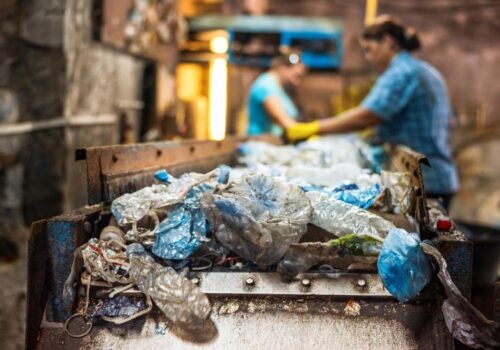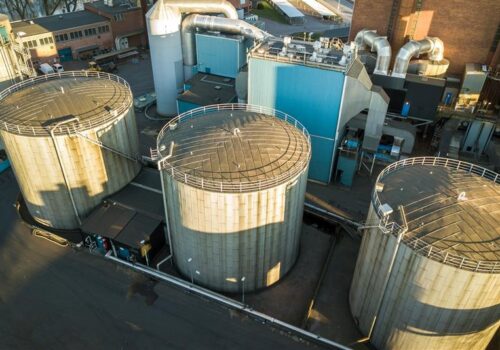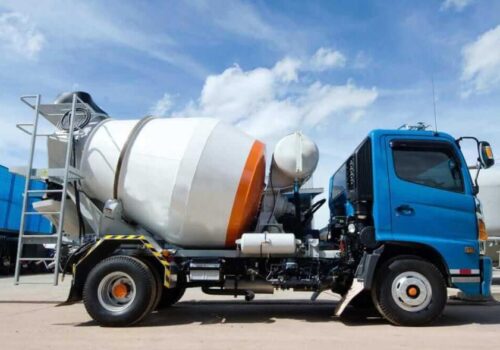Lifting Cables and Testing Slings
From manufacturing slings to modifying wire ropes and chains to selling addition fixtures and hardware for construction projects, companies has turned into a large distributor of materials and equipment to construction companies, public works, tow trucks and cargo strapping across world. Having a small yet very experienced group of staff, clients can get an optimistic and personalized service when buying equipment, asking for inspection services or seeking assistance on product instructions. In the craftsmen in cable, many good companies are standing behind their items, never under them!
To insure the security and excellence of their items and equipment, companies offer sling testing and inspection services in various countries to look at the merchandise to find out if the product could be utilized in order to be changed. To be able to make sure inspect slings, they have a particular procedure they follow to guarantee the safe utilization of their slings:
- IDENTIFICATION AND PHYSICAL EXAMINATION
This initial study of the sling includes searching for the permanent identification from the sling, which may range from the manufacturer’s title and product code, working load limits from the sling and also the material kind of the sling
- Recognizing DAMAGE around the SLING
Throughout the harm inspection from the sling, issues for example cuts, tears and overstretched sections are looked for around the product. Additionally, the sling is checked with add-ons to make certain you will find no damages when it’s combined with fixtures.
- INSPECTION FREQUENCY
This inspection process reviews three factor: sling usage, use atmosphere and sling service existence
- PHYSICAL TESTING
This testing process includes the next:
- – 400,000 pounds pull test carried out on slings
- – Pull to Destruction: Slings and hardware are drawn to destruction to discover the particular breaking strength
- Alternative Recommendations (If Required)
When the sling doesn’t pass the testing and inspection process, the slings should be removed immediately and changed. The impassable slings are just permitted revisit services once approved by qualified professionals.
Listed here are the next causes of sling removal:
- Acidity or caustic burns
- Melting or charring associated with a area of the sling
- Holes, tears, cuts or snags
- Damaged or worn stitching in load bearing splices
- Excessive abrasive put on
- Knots in almost any area of the sling
- Excessive pitting or corrosion or cracked, altered fitting
- Visible red-coloured cord warning yarns
- Distortion from the sling
- Unreadable identification tag
- Continues to be loaded beyond its ranked capacity or reason
Wire ropes are frequently essential at construction sites to be able to make sure that safety factors are maintained whilst improving efficiency of the task under consideration. Built of some twisted strands which are created in a rope, the product can produce a factor in many different programs. Each strand from the rope is composed of metal wires. To be able to achieve optimum performance, just the most powerful steel strands ought to be utilized in the making of wire ropes.




